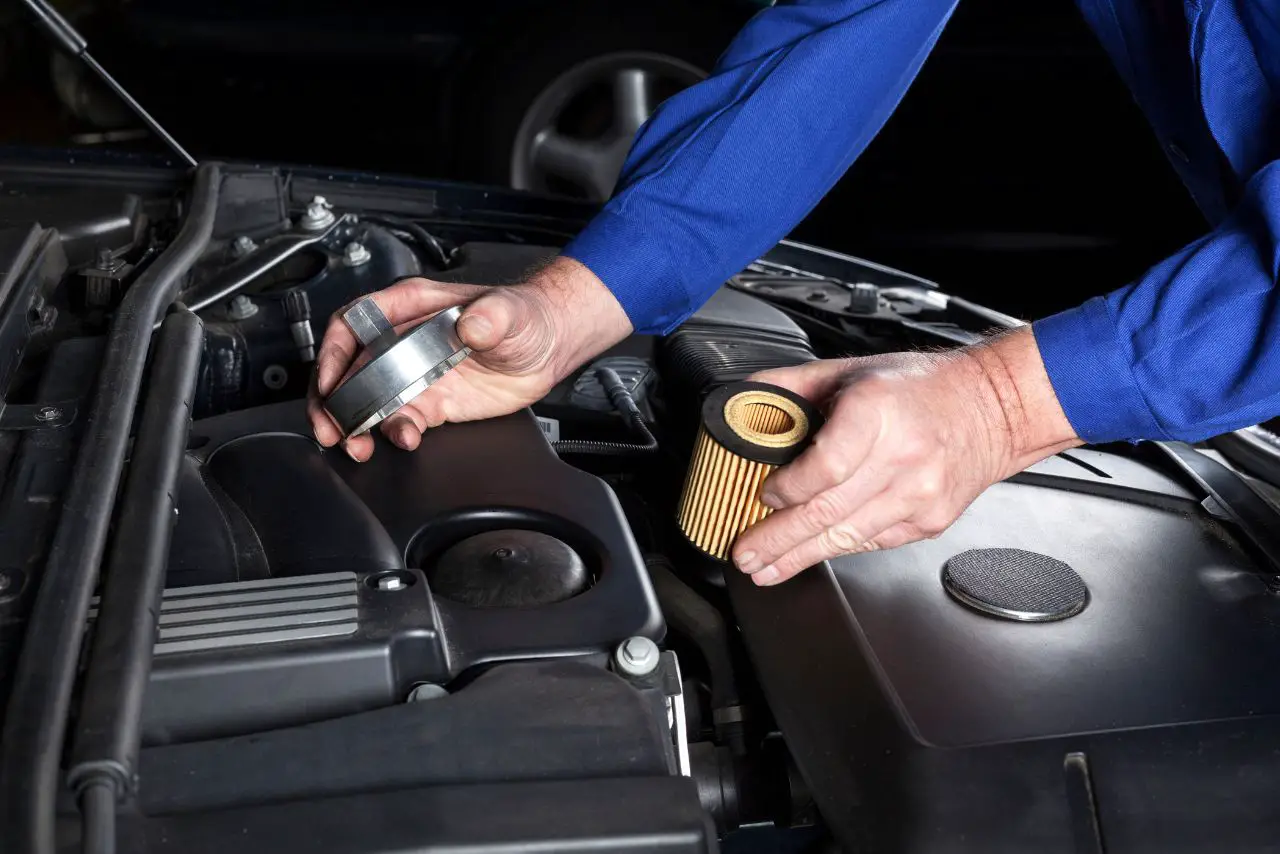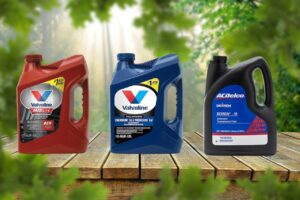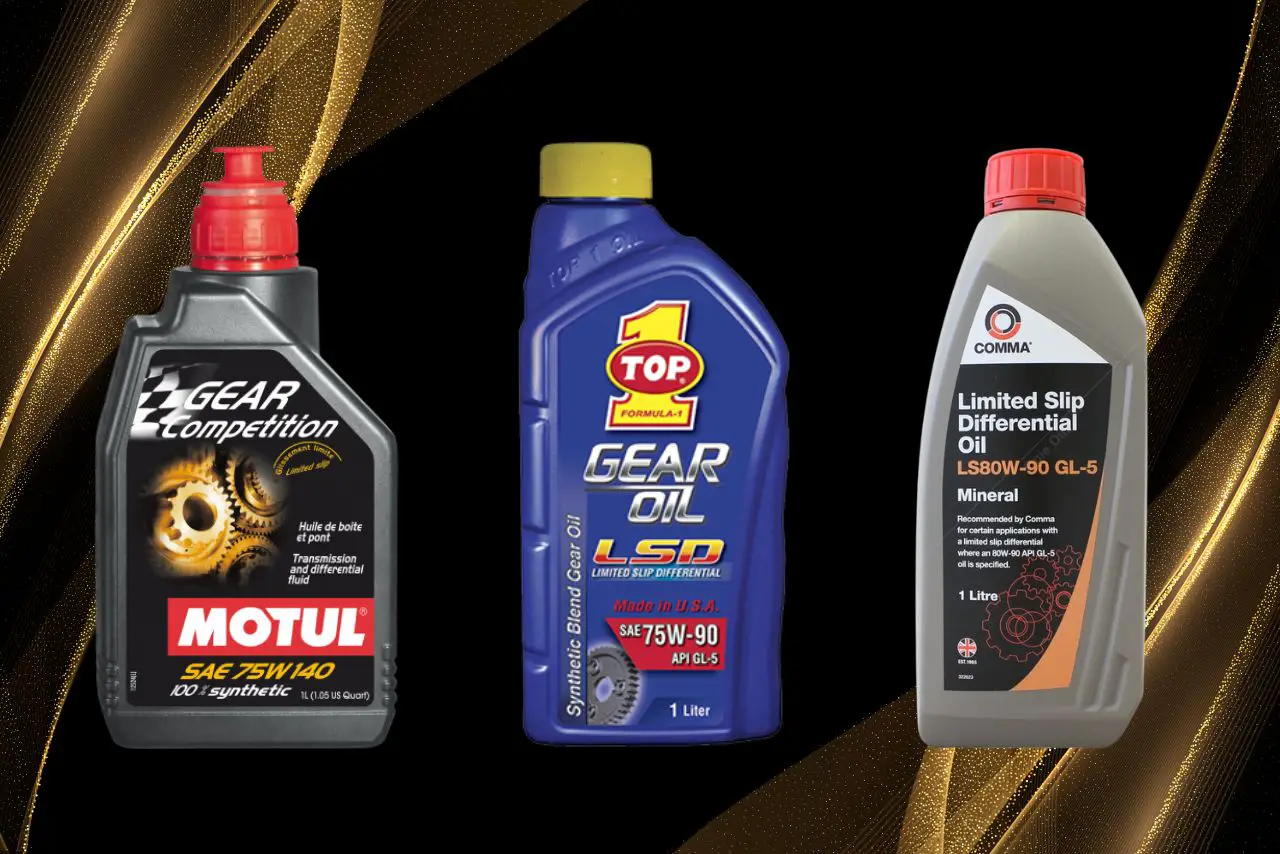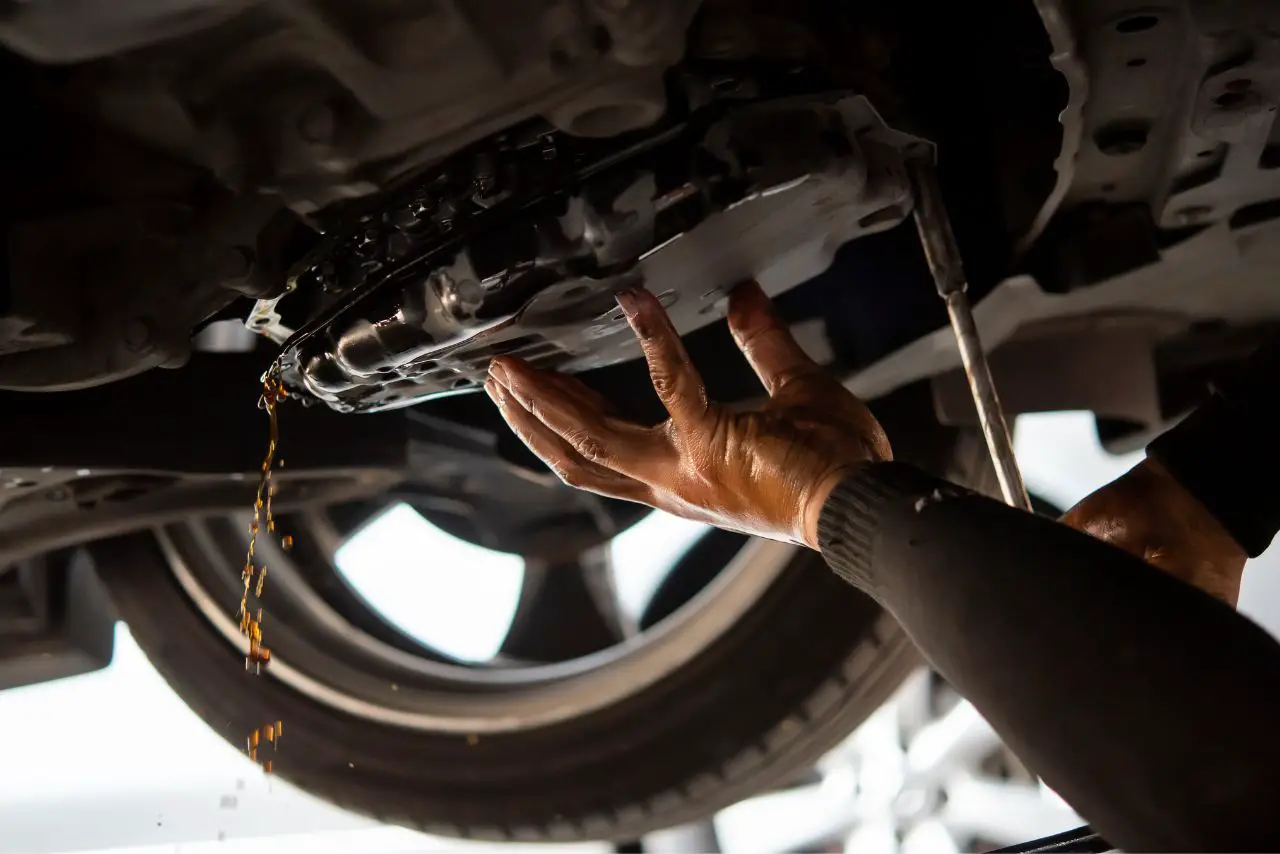Properly securing your oil filter is crucial for the proper functioning of your car’s engine, and a damaged or improperly tightened oil filter can lead to costly repairs.
But with so much information out there, it can be overwhelming to figure out the best approach.
That’s why this article will provide you with useful information on the pros and cons of hand tightening vs. tool tightening, as well as best practices for both methods.
By the end of this article, you’ll have a clear understanding of oil filter maintenance and the proper techniques to keep your car running smoothly.
So, Is Hand Tightening An Oil Filter Enough?
Yes, hand tightening an oil filter is enough. In fact, it is recommended to only hand tighten the oil filter. Over-tightening the oil filter can damage the filter and make it difficult to remove the next time you change the oil.
The proper way to hand tighten an oil filter is to:
Do not use a wrench or other tool to tighten the oil filter. This can damage the filter and make it difficult to remove.
Table of contents
The Importance of Properly Securing Your Oil Filter:
If you want to avoid engine issues and leaks, it’s crucial to properly secure your oil filter by hand tightening it to the appropriate resistance.
This means tightening the filter until you feel resistance, then giving it an extra half to three-quarters turn.
Avoid using tools like wrenches or pliers, as they can cause damage to the filter and make it difficult to remove later.
Proper lubrication is also important when changing your oil filter. Before installing the new filter, make sure to lubricate the gasket with oil or grease to ensure a proper seal.
This will also make it easier to remove the filter during your next oil change.
Hand Tightening vs. Tool Tightening: Pros and Cons
When it comes to properly securing your oil filter, you may be wondering whether it’s better to use a tool or just your hands.
Both tightening techniques have their pros and cons, and it’s important to understand them before making a decision. Here’s a table to help you weigh your options:
| Hand Tightening | Tool Tightening |
|---|---|
| Less likely to damage the filter or its gasket | More likely to damage the filter or its gasket |
| Can feel the resistance and know when to stop tightening | Can overtighten and make it difficult to remove the filter |
| Inexpensive and accessible | Requires a torque wrench, which can be expensive |
Professional Recommendations:
Professional recommendations vary, but many recommend hand tightening the filter first and then using a torque wrench for extra tightening. This ensures that the filter is secure without risking damage.
Additionally, lubricating the filter seal with grease can make it easier to remove in the future. Overall, using your hands to tighten the filter is a safe and practical option, especially if you don’t have access to a torque wrench.
However, if you choose to use a torque wrench, make sure to follow the manufacturer’s recommended torque setting. Overtightening can damage the filter or its gasket, which can lead to leaks and engine issues.
It’s also important to note that using a tool to tighten the filter can make it difficult to remove later, especially if it’s over-tightened.
So, if you decide to use a torque wrench, be careful not to overtighten the filter and risk damaging it.
How To Tighten An Oil Filter By Hand?
Common mistakes include over-tightening, which can damage the O-ring or seal, and under-tightening, which can cause leaks or the filter to come loose.
Hand tightening your oil filter is a simple and effective way to ensure that it is properly secured. It allows you to feel the resistance of the gasket and avoid over-tightening or under-tightening.
While a torque wrench can be useful for extra tightening, it is not always necessary.
Best Practices for Hand Tightening Your Oil Filter:
When securing your oil filter, it’s important to follow best practices to ensure proper maintenance of your engine.
1. Tighten the Filter by Hand:

One of the most important techniques is to tighten the filter by hand, rather than using tools like wrenches or pliers.
This ensures that the filter is not over-tightened, which can cause damage or leaks, and not under-tightened, which can also cause leaks and reduce the effectiveness of the filter.
2. Pre-Fill It with Oil Before Installation:
Another option for tightening your oil filter is to pre-fill it with oil before installation. While this can be messy, it can also help to reduce the time it takes for oil to circulate through your engine after an oil change.
However, this technique is not recommended for smaller cars, as the benefits may not be significant enough to justify the added mess and hassle.
When it comes to reusing oil filters, it’s important to note that higher quality filters can often be reused, but it’s generally best to change the filter with each oil change.
Following a regular maintenance schedule is crucial to ensure the longevity and performance of your engine, and changing the oil filter every 3000-6000 miles is a good rule of thumb.
Additionally, it’s possible to mix synthetic and regular motor oil, as well as high mileage oil with regular oil, without any negative effects on engine performance.
Tips for Using Tools to Tighten Your Oil Filter:

Using tools to tighten your oil filter can be risky. It’s important to use caution and follow the best practices to ensure proper maintenance of your engine.
Here are some tool recommendations, common mistakes, precautions, and safety measures to follow when tightening your oil filter.
Torque Wrench:
Firstly, it’s recommended to use a torque wrench to tighten your oil filter. This will ensure that you are not over-tightening or under-tightening your filter.
If you don’t have a torque wrench, hand tighten the filter until you feel resistance and then use a wrench to tighten it a little more.
Be careful not to over-tighten, as this can cause damage to the O-ring or seal and result in the filter coming loose.
Using Tools to Remove or Tighten the Filter:
Secondly, one common mistake is using tools to remove or tighten the filter, such as a wrench or pliers.
This can cause damage to the filter and make it difficult to remove later. It’s best to hand tighten the filter and use a torque wrench if necessary.
Additionally, make sure to unscrew the filter counterclockwise and tighten it clockwise to avoid cross-threading.
Use the Best Lubricants:
Lastly, to ensure a smooth installation, use the best lubricants. Grease or oil can be used to lubricate the filter seal, making it easier to remove in the future.
If you encounter any issues during the installation, troubleshooting tips are available in your car’s manual or online.
Remember to follow the guidelines for your specific car type and change your oil filter every 3000-6000 miles to ensure your engine stays in top condition.
Potential Risks of Improperly Secured Oil Filters:
Improperly securing your oil filter can lead to serious engine problems that could have been avoided. It’s important to understand the potential consequences of not properly tightening your oil filter.
One of the most common mistakes made is over-tightening the filter, which can cause damage to the O-ring or seal, making it difficult to remove the filter and causing it to come loose. On the other hand, under-tightening the filter can lead to oil leaks and engine damage.
To avoid these issues, it’s important to use proper torque when tightening your oil filter. While hand tightening is generally sufficient, it’s important to use the hand tightening technique correctly.
This involves tightening the filter until you feel resistance, and then tightening it an additional ½ to ¾ turn past the point where the filter and gasket make contact.
If you’re unsure about how tight to make the filter, consult your car’s manual for specific guidelines.
In addition to using proper torque, there are other safety precautions you can take when changing your oil filter. Always make sure your car is on a level surface, and use a jack stand or wheel chocks to prevent the car from rolling.
Be careful not to introduce new dirty fluids while changing the filter, and always check the oil level after changing the filter.
By taking these precautions and using proper torque when tightening your oil filter, you can avoid the potential consequences of improperly securing your oil filter.
| Potential Consequences | Proper Torque | Hand Tightening Technique | Common Mistakes |
|---|---|---|---|
| Engine damage | ½ to ¾ turn past the point where the filter and gasket make contact | Tighten until you feel resistance, then additional ½ to ¾ turn | Over-tightening, under-tightening |
| O-ring or seal damage | Consult car manual for specific guidelines | Use steady hand pressure, avoid using tools | Cross-threading, using tools to tighten |
| Oil leaks | Use torque wrench if unsure of proper torque | Start engine to check for leaks | Using dirty fluids, not checking oil level |
What Will Happen If The Oil Filter Is Loose?
If you don’t secure your oil filter properly, it could lead to serious engine problems down the line. A loose oil filter can cause oil to leak out, which can lead to a loss of lubrication in the engine. This can cause parts to wear down faster and even seize up, resulting in costly repairs.
To prevent a loose oil filter, it’s important to use proper tightening techniques. Here are three ways to tighten your oil filter to avoid leaks and engine damage:
By following these steps, you can prevent a loose oil filter and avoid costly engine damage. Remember to always consult your owner’s manual for specific recommendations on oil filter maintenance and replacement.
Can you change oil without changing filter?
In general yes you can, It is not recommended to change oil without changing the filter. The oil filter is responsible for removing contaminants and debris from the oil, and if it is not changed along with the oil, it can become clogged and reduce the effectiveness of the oil.
Additionally, leaving a dirty filter in place can also lead to engine damage over time. Therefore, it is best to change both the oil and the filter at the same time.
Frequently Asked Questions:
Can high mileage oil be used with a regular oil filter?
Yes, high mileage oil can be used with a regular oil filter, but compatibility concerns and performance differences may vary.
Using high mileage oil can cost more, but can also extend engine lifespan. Always follow manufacturer recommendations for best results.
Is it necessary to pre-fill the oil filter before installation?
While pre-filling the oil filter may seem like a good idea, it’s not necessary for proper oil filter installation and engine lubrication.
It may even make the oil change process messier. Just ensure proper filter tightness according to manufacturer’s recommendations.
Can synthetic and regular oil be mixed?
Mixing synthetic and regular oil is generally not recommended due to compatibility concerns and potential performance implications.
While synthetic oil may offer benefits, it is ultimately up to the driver to decide if the extra cost is worth it. Understanding the difference between the two types of oil can help inform this decision.
How often should oil filters be changed?
Oil filters should be changed every 3,000-6,000 miles, depending on your car and driving conditions.
Signs of a bad filter include low oil pressure and dirty oil. Choose a high quality filter for better engine protection and avoid using cheap filters.
Can oil filters be reused?
Oil filters can be reused, but it’s best to change them with new oil. Filter lifespan depends on driving conditions and quality.
Recycling options and proper disposal methods are available. Cost efficiency varies. Consider environmental impact when making decisions.
Conclusion and final thoughts 💭
Congratulations! You now have a better understanding of the importance of properly securing your oil filter.
Hand tightening your oil filter may seem like a quick and easy solution, but it’s important to remember that it may not always be enough.
Using the proper tools and techniques can help ensure that your oil filter is securely fastened and prevent costly repairs down the line.
When tightening your oil filter by hand, it’s important to follow best practices such as using a clean rag to grip the filter and tightening it until it’s snug.
However, if you’re looking for a more secure option, using a filter wrench or pliers can provide additional torque and ensure a tight seal.
Remember, a loose oil filter can lead to leaks, engine damage, and other costly repairs.
Latest Posts:
- 10 Best Gear Oil for Limited Slip Differentials (Reviewed!)
- Allison 1000 Transmission Fluid Type (5 Best Options!)
- 91 Octane Vs 93 Which One You Use? (The Surprising Truth!)
- Oil Pressure Gauge Not Working: (Guaranteed Fix!)
- 10 Best Transmission Fluid for 4l60e (Tested by Experts!)
- 10 Best Ceramic Coating For Wheels (Used By Real Users!)












Leave a Reply